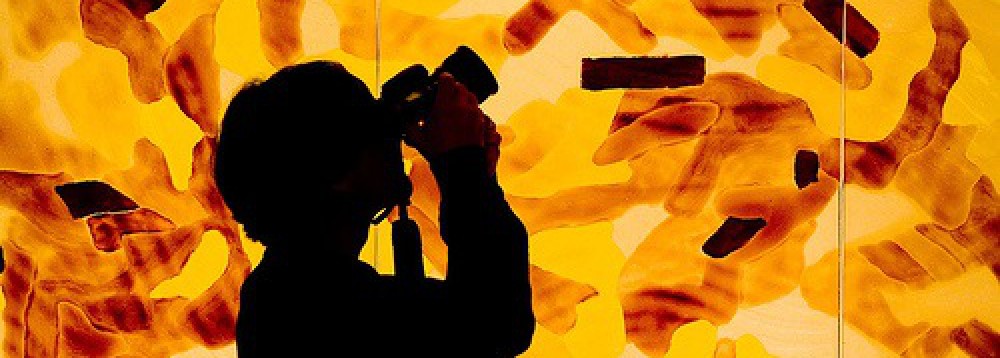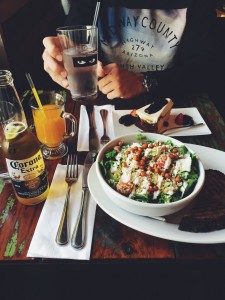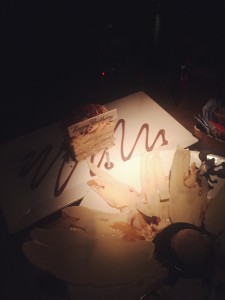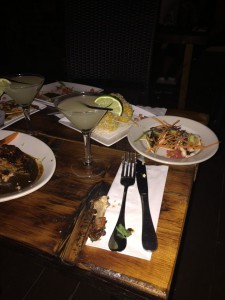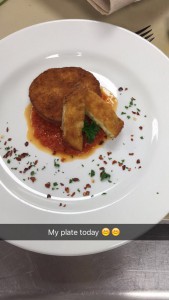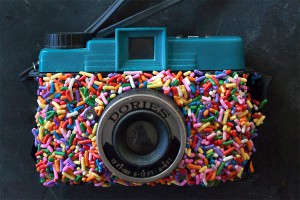Using a hidden camera,Walker Evans snapped unsuspecting passengers traveling around the city.We can see what kind of people were travelling in those days. How they were dressed up. Now I am thinking about how many people are coming in and out of the subway station every hour.They’ll be the ones sleeping, listening to music, reading a book.
kids, families, musicians etc.
Pretty much everyone from every walk of life can be found using the underground stations for transportation. I think It is amazing. That’s why I love Evans pictures. In his pictures he shows people I believe that subway is such a perfect place to capture real human emotion.That is the reason why Evan’s document people in the subway. People and their, daily life.I think that is it a great way to tell the story about people. Subway stations are really a world of their own. Underground, dark, gritty, sometimes filled with masses of different people and sometimes deserted, they’re a photographer’s dream for capturing a unique angle of urban life.When people do not know that somebody photograph them they don’t act . They don’t did not act because they don’t know that they were photographed.It makes pictures so natural.
Evans pictures also reminds me about photographer Reinier Gerritsen. He did the same similar thing.This photographer spent 13 weeks over 3 years scouring the subway system of New York City for riders reading books.” Every time Gerritsen saw one, he would snap a picture and make a note of the book that was being read. We can see how things changed”. Nowadays everyone can take a hidden picture. Smartphone becomes more advanced, and apps make sharing of images and video easier than ever
